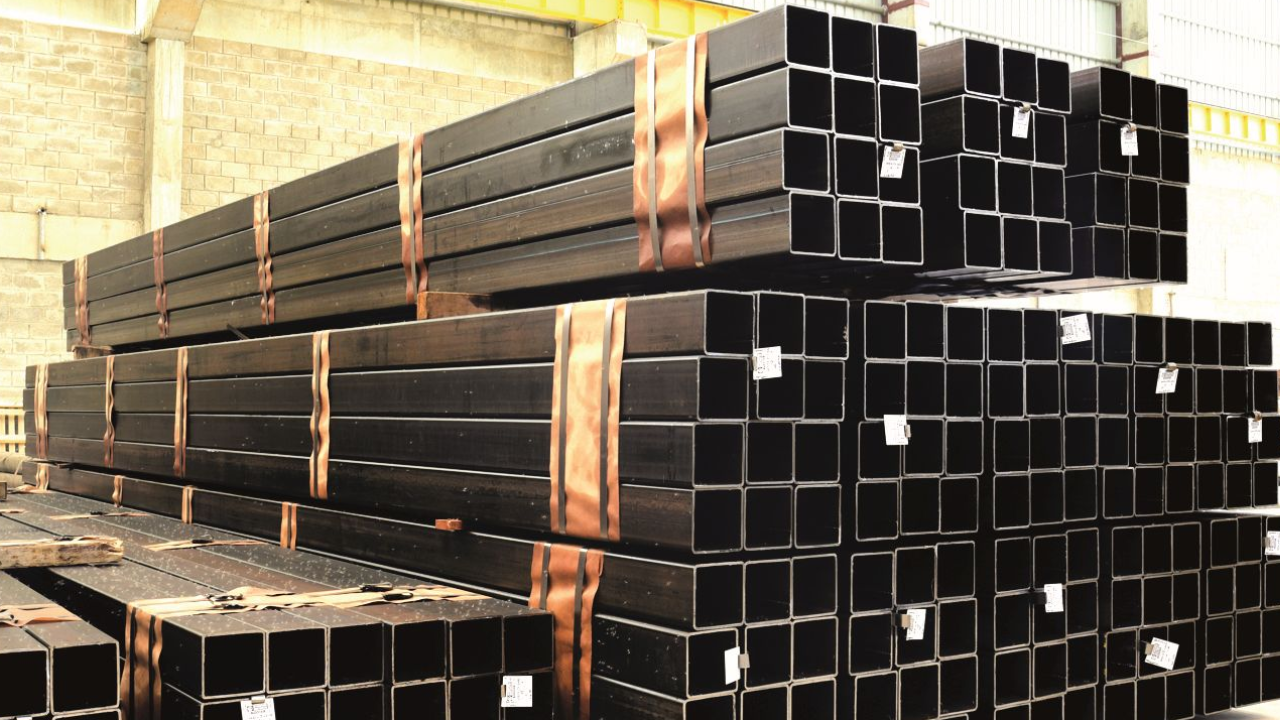Grayson is a shopping aficionado who loves to share information about the best deals and steals he finds. He's always on the lookout for a bargain, and he loves to help others find great deals, too. You can always count on Denise to give you the inside scoop on where to shop and save money.

The term “hollow section” (HSS) refers to a metal profile with a hollow tubular cross-section. The word is primarily used in the United States or in nations that adopt US construction or engineering terminology. These pieces are also referred to as structural tubing or tube steel. They are typically made of metal; however, others, like plastic or fiberglass, are occasionally employed.
Copper (Cu), copper steel (CS), stainless steel (SS), and aluminum (Al) are the most commonly utilized metals for hollow sections. Hollow sections can also be made from metals like titanium and zirconium. Hollow sections are useful in the construction industry due to their multiple advantages.
Due to their high strength-to-weight ratio, they are ideal for load-bearing applications. They are also quite stiff and resist torsional forces, making them ideal for use in columns and beams. Furthermore, hollow section are impact and abrasion-resistant, making them suitable for use in structural applications where impact or abrasion is an issue.
How Are Structural Hollow Sections Protected Against Corrosion?
Structural Hollow Sections (SHS) are protected against corrosion by a variety of approaches. Galvanization is the process of applying a sacrificial zinc layer to parts. Painting and coating create unique barriers, whereas stainless steel is naturally corrosion-resistant. Other metallic coatings, such as aluminum, also provide protection. Corrosion inhibitors form a shielding layer. These criteria ensure longevity, structural integrity, and safety, all of which are critical for applications in building, infrastructure, and industry.
Classification of Structural Hollow Sections Based On Thickness
Structural hollow sections (HSS) are key components in modern engineering and construction, providing a versatile solution for a wide range of applications. HSS thickness classification is critical since it influences their performance in a variety of structural settings. This article examines how structural hollow sections are classified based on thickness and the ramifications of these classifications in a variety of engineering applications.
Thin-Walled HSS
Thin-walled HSS refers to sections with relatively thin wall thicknesses about their size. These sections are often identified by a high D/t ratio, where “D” is the outer diameter or width and “t” is the wall thickness. Thin-walled HSS is especially useful in applications requiring weight economy, such as lightweight structures and components in aircraft engineering.
Thick-Walled HSS
Thick-walled HSS, on the other hand, has a larger wall thickness compared to thin-walled sections. These sections are denoted by a lower D/t ratio, indicating a more substantial wall thickness relative to the outer dimensions. Thick-walled HSS provides enhanced load-bearing capacity and is suitable for applications where structural strength takes precedence over weight considerations.
Implications of Thickness Classification
Structural Integrity
The thickness categorization of HSS directly affects structural integrity. Thin-walled sections are preferable where weight is an important consideration, although they may be less suited for applications needing greater load-bearing capacity. Thick-walled sections, with their higher thickness, provide better structural strength and are appropriate for heavy-duty applications.
Weight Efficiency
Thin-walled HSS excels in weight efficiency because of the effective distribution of material, making it ideal for applications where weight reduction is critical, such as in the automotive and aerospace industries. The lightweight nature of thin-walled sections improves fuel economy and overall energy savings.
Load-Bearing Capacity
Thick-walled HSS, with its thicker walls, has greater load-bearing capacity. This makes them appropriate for applications where the structure must bear enormous loads, such as heavy machinery components, bridges, or industrial infrastructure. Thick-walled sections, due to their higher wall thickness, provide better buckling resistance, making them more appropriate for applications involving high compressive loads.
Cost Considerations
The cost difference between thin-walled and thick-walled HSS can be significant. Thin-walled sections are frequently less expensive to utilize in terms of materials, manufacture, and transportation. While thick-walled sections increase load-bearing capacity, they may incur higher material and manufacturing costs. The thickness classification permits the selection of HSS that fulfills the specific needs of a certain application.
Summary
The thickness-based classification of structural hollow sections is an important topic in engineering design and construction. The decision between thin-walled and thick-walled HSS is determined by the application’s specific needs, which include weight efficiency, load-bearing capacity, structural integrity, and cost-effectiveness. Understanding the significance of thickness classification allows engineers and designers to make more educated decisions, ensuring that HSS performs optimally in a variety of structural circumstances.
